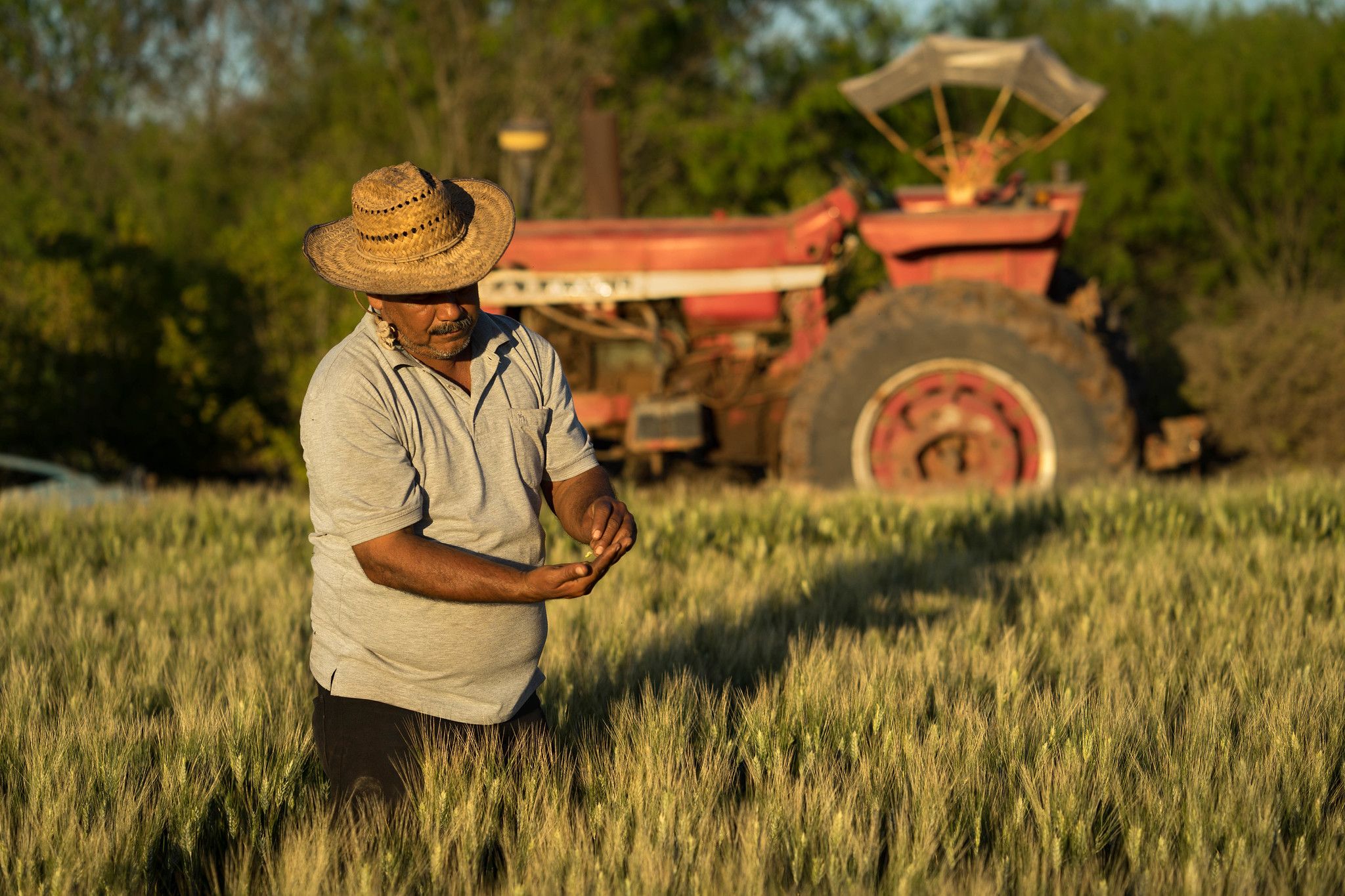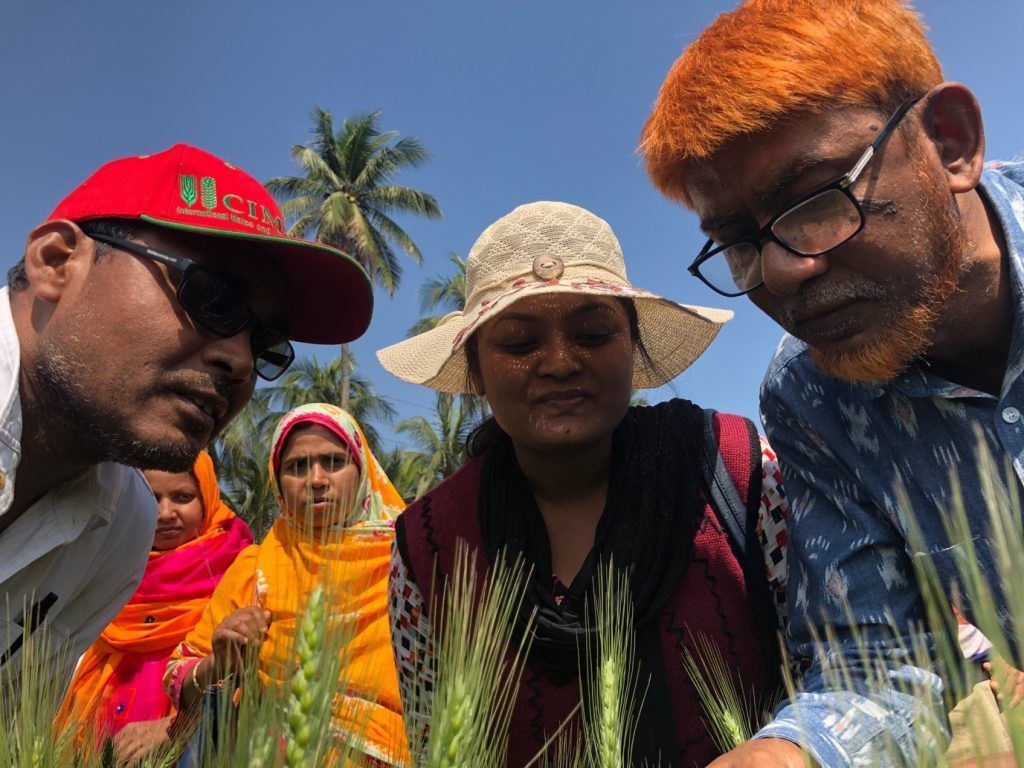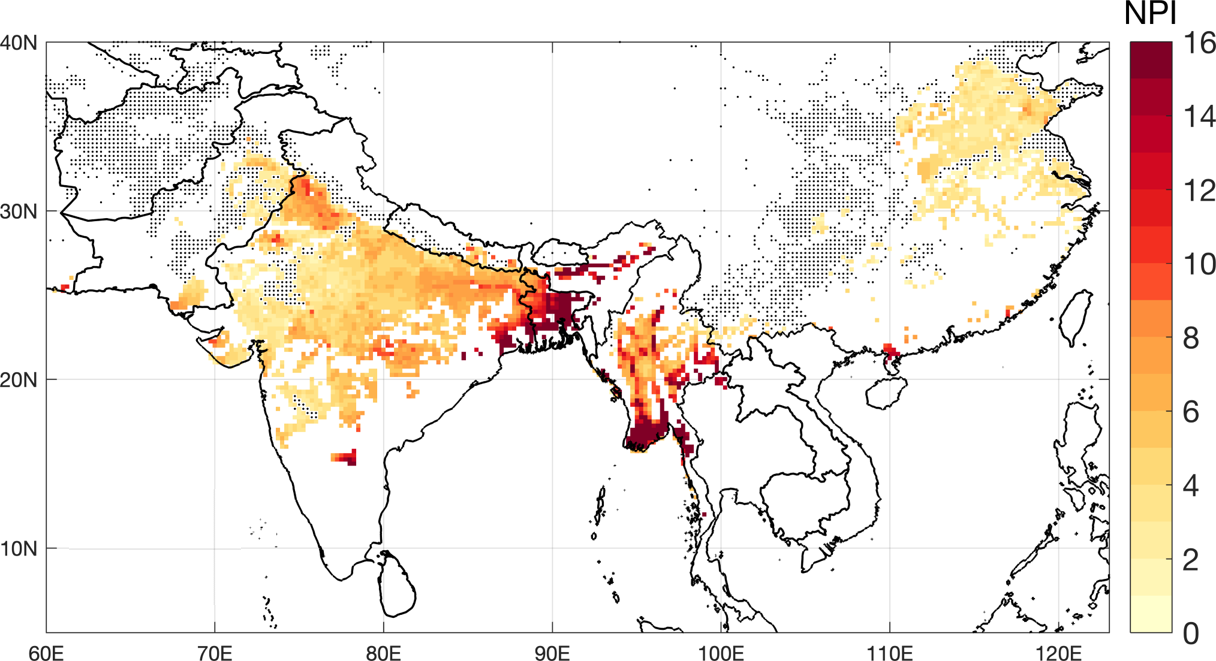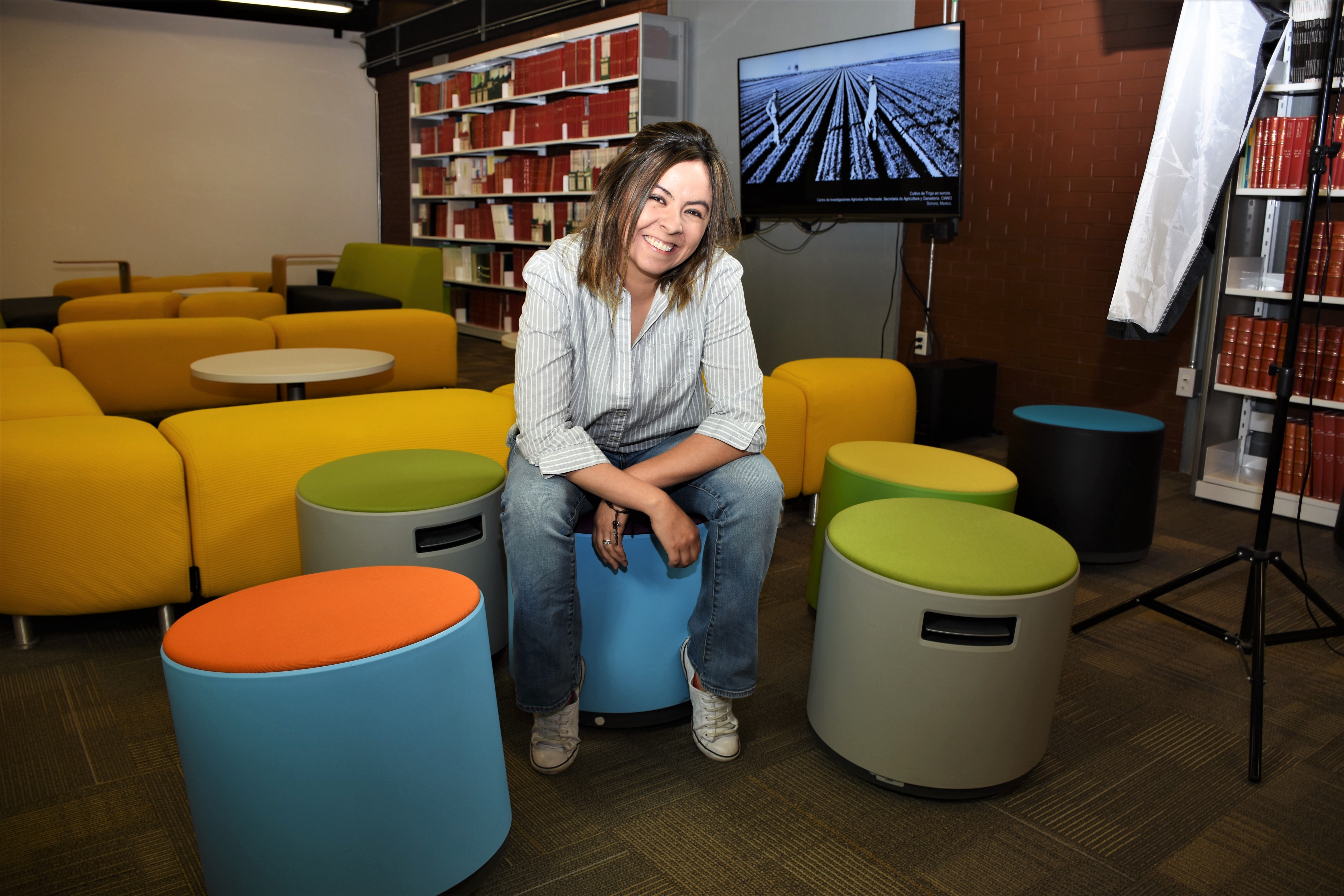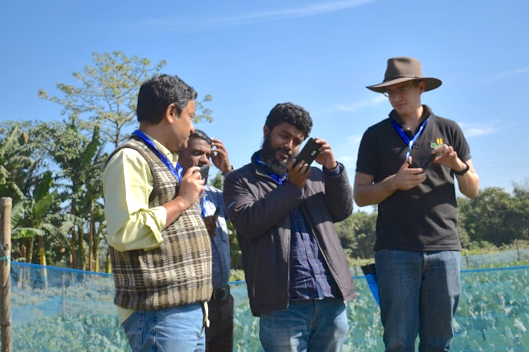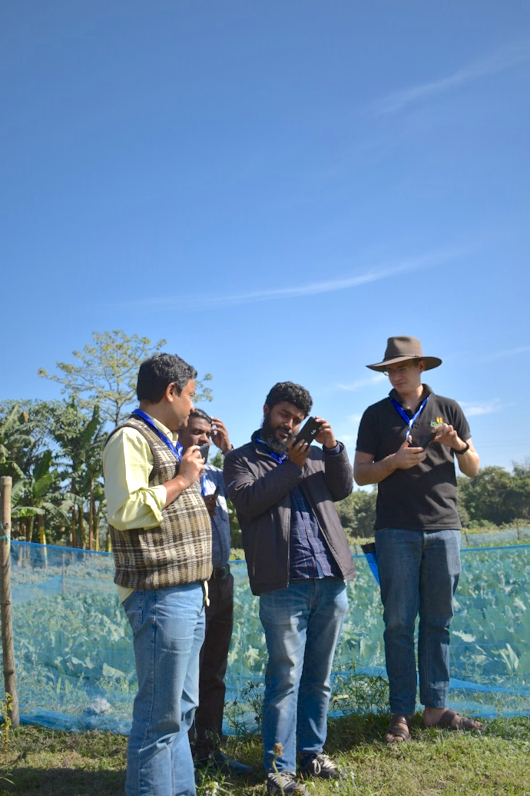Because error has a price
A systematic review conducted by a team of scientists from the International Maize and Wheat Improvement Center (CIMMYT) has revealed that many farmers around the world incorrectly identify their crop varieties, with significant impacts on their farming practices, yields, profits, and research.
The review, published this month in Outlook on Agriculture, brings together information from 23 published studies to sketch crop variety misclassification among farmers, its determinants, and the implications of classification errors on the farm and in research.
“We found that seven out of ten farmers incorrectly identified the grown variety when they were asked to identify the variety by its specific name. When farmers were asked if the grown variety was either improved or local, three out of ten farmers made incorrect classifications,” said Michael Euler, first author of the study and agricultural resource economist at CIMMYT.
Whether farmers correctly identify crop varieties has a knock-on effect on their farming practices, which in turn affects their crop yields and income. This can bleed into research, impacting experiments and evaluation studies of agricultural technologies and methods. For example, scientists might assign treatment and control groups based on incorrect farmer variety classification, potentially leading to biased estimates and data discrepancies.
“Varietal misidentification can lead to improper agronomic management, forgone farm revenue, and seed system malfunctioning. From a monitoring and evaluation perspective, the potential presence of bias in estimates due to varietal misclassification is problematic as it may mask the true costs and benefits of seed technologies,” said Euler.
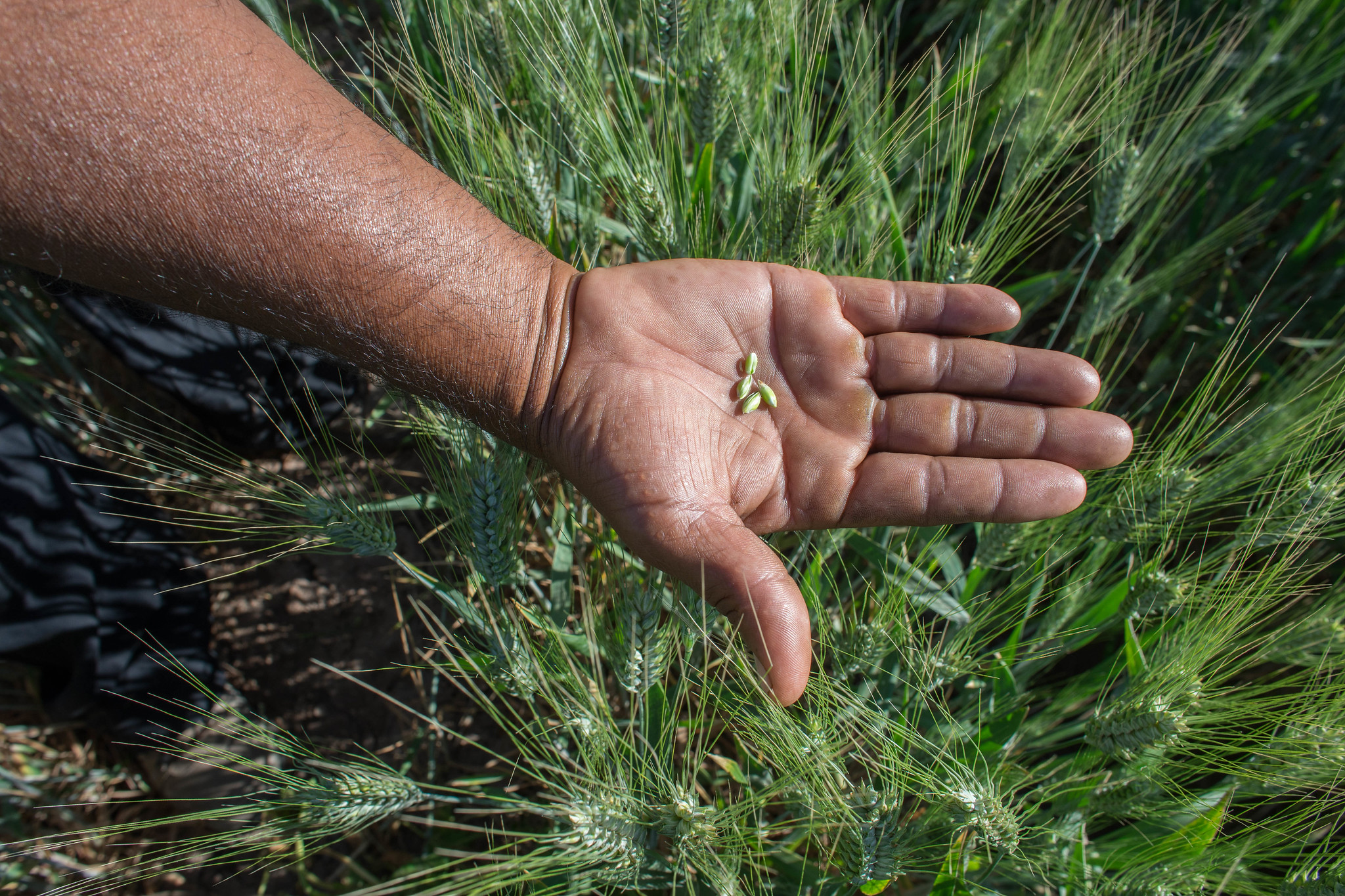
The study is the first systematic review of the use of DNA fingerprinting – a method that uses molecular markers to identify crop varieties – to assess how accurate farmers are in identifying their varieties and the impacts this has on seed markets, crop performance, farm profits, and research.
“The use of DNA fingerprinting to identify crop varieties in farmers’ fields has emerged only recently. The review of existing literature, nonetheless, shows its potential to strengthen the functioning and effectiveness of seed markets, supply chains, and extension services,” said Vijesh Krishna, co-author of the study and senior scientist at CIMMYT.
The results of the review show that cases of farmers misidentifying varieties are widespread, causing problems for farm productivity and profits, as well as research. The authors also found that DNA fingerprinting can shed light on what drives farmers to misidentify varieties and how they can minimize misclassification.
“Varietal misidentification is not only related to farmer and farm characteristics but also depends on the properties of the seed system through which seeds are obtained. We need more comprehensive modeling approaches to improve our understanding of the system-level drivers of farmer varietal misclassification,” said co-author and CIMMYT senior agricultural economist Moti Jaleta.
However, like most technologies, DNA fingerprinting has its limitations. It may not always be feasible in all settings, and the costs may offset the benefits in areas where formal seed markets are already well-functioning.
“DNA fingerprinting is considered a reliable method to accurately identify varieties grown by farmers and is increasingly seen as the ‘gold standard’ for varietal identification. However, it requires a high-quality reference library, a well-designed sampling strategy, and accurate tracking of plant samples from collection sites to the point of analysis,” said CIMMYT senior scientist and co-author David Hodson.
Based on the results of the analysis, the authors recommend integrating DNA fingerprinting into existing national data collection toolboxes to accurately estimate adoption and turnover rates of improved crop varieties and to evaluate existing genetic crop diversity on farms. Understanding and promoting genetic crop diversity are crucial steps for enhancing food security and increasing the climate and pest and disease resilience of crops.
Having accurate estimates of adoption and turnover rates of varieties, combined with seed supply system assessment, can also help researchers and decision-makers pinpoint any bottlenecks or loopholes in the “lab to farm” process, according to the authors.
“The review aims at helping researchers and policymakers strategize to more effectively assess the functioning and effectiveness of seed diffusion systems to deliver modern seeds to smallholders,” concluded Krishna.
Read the full study: Because error has a price: A systematic review of the applications of DNA fingerprinting for crop varietal identification
Cover photo: Farmer examines wheat seed. Ciudad Obregon, Mexico 2017. (Photo: Peter Lowe/CIMMYT)
